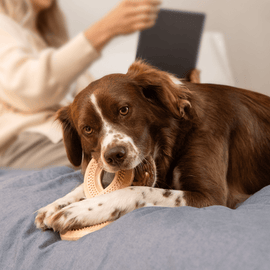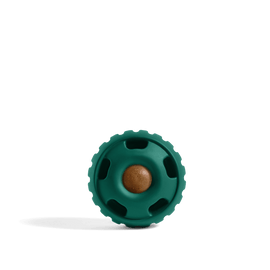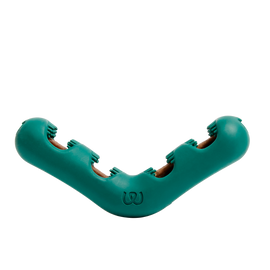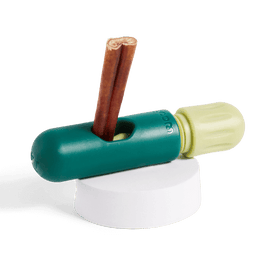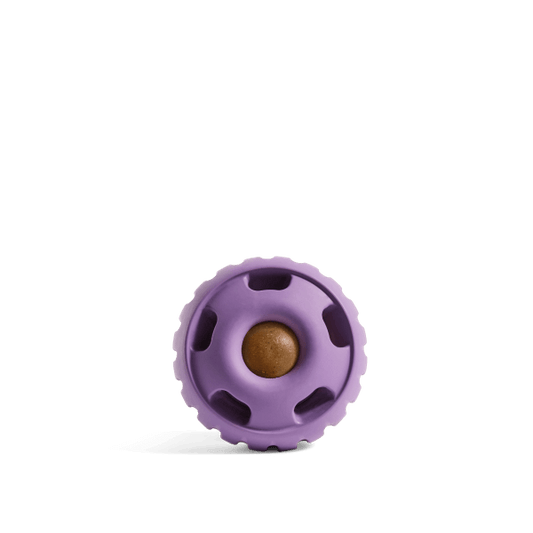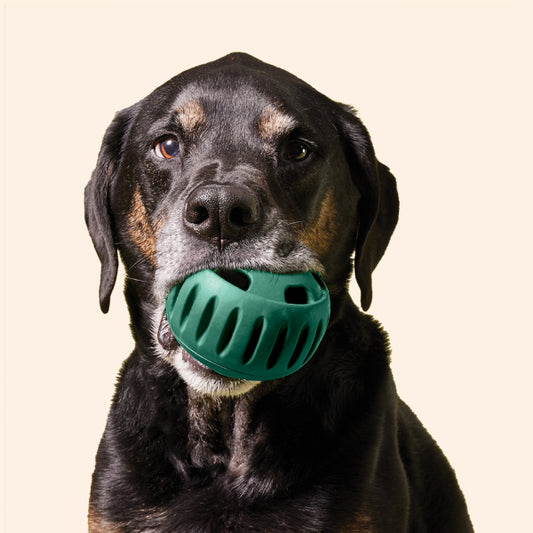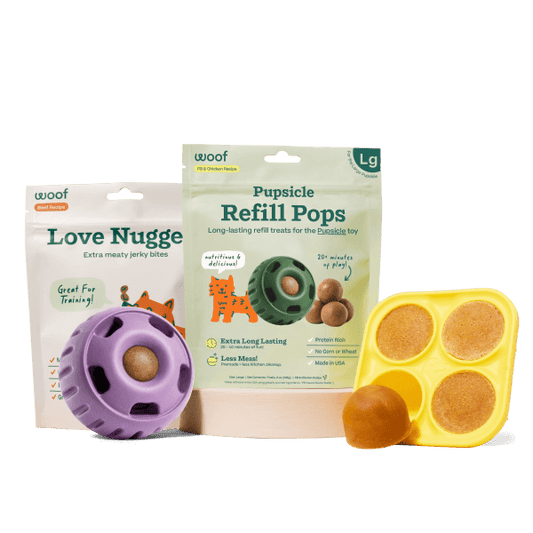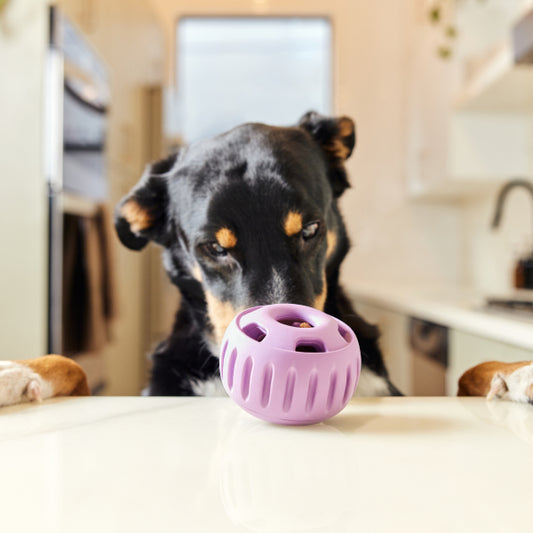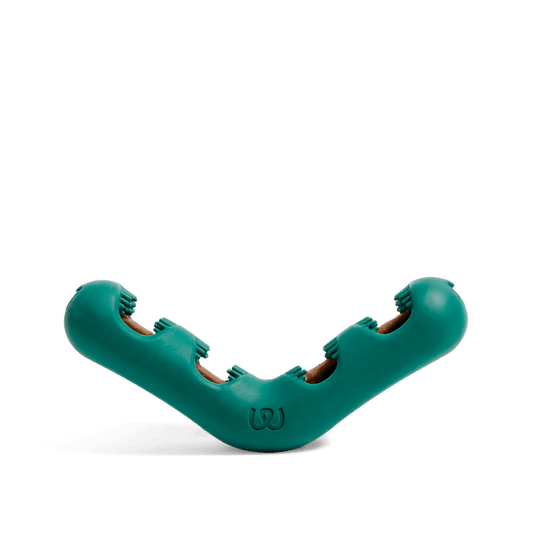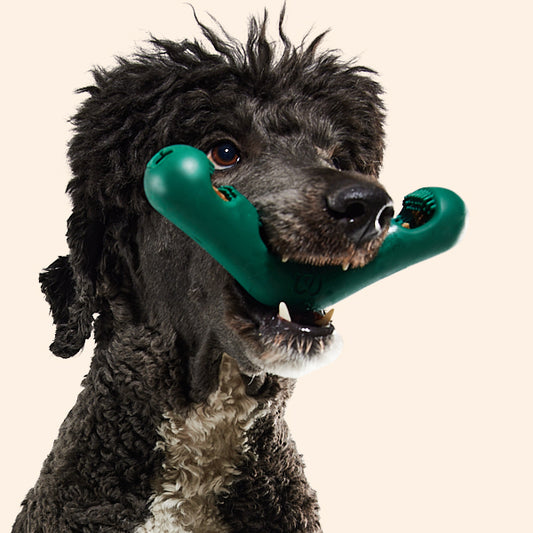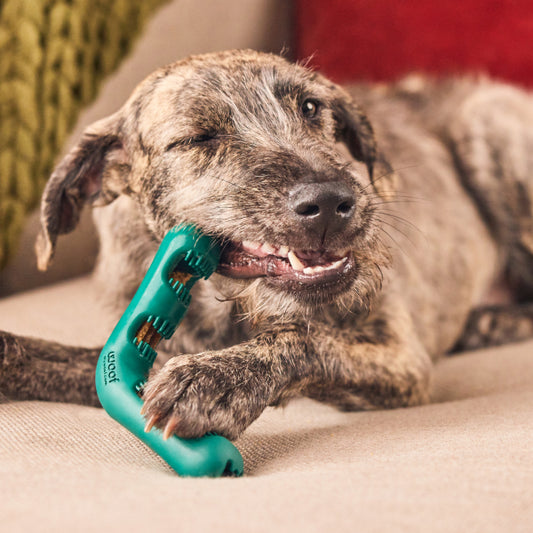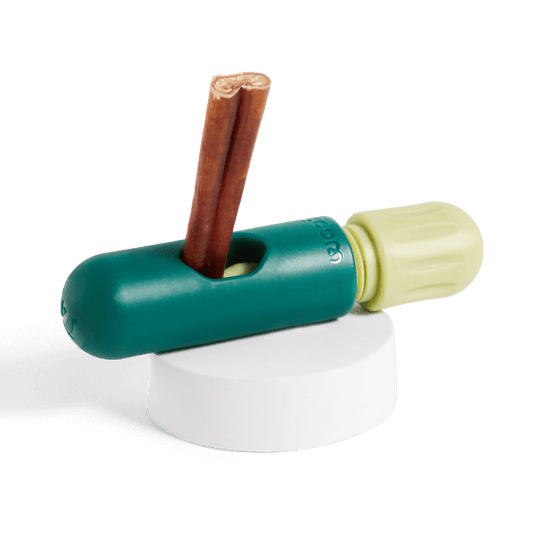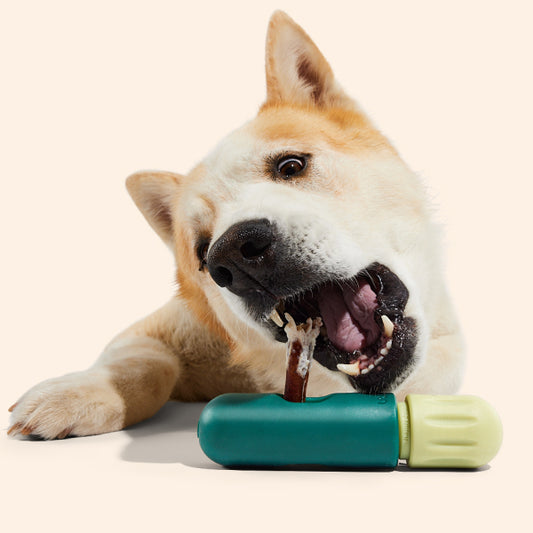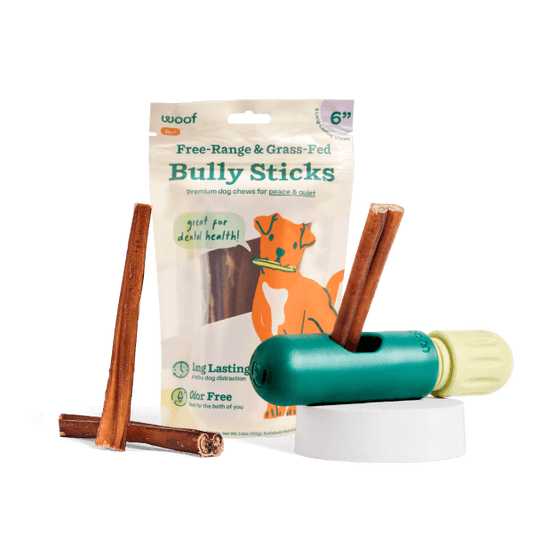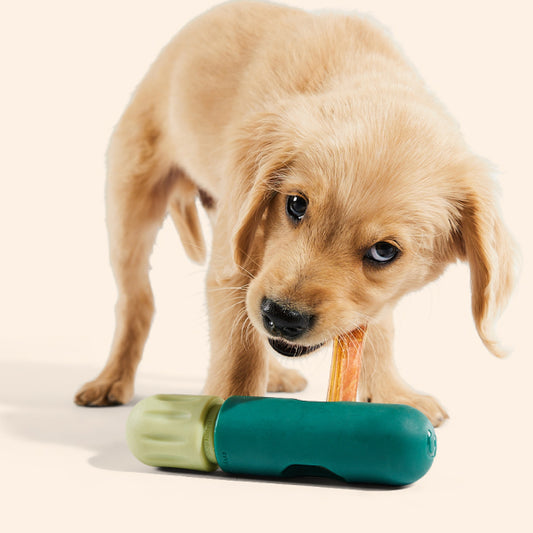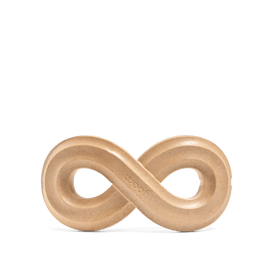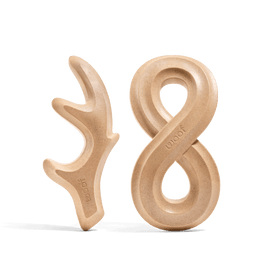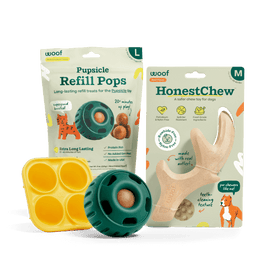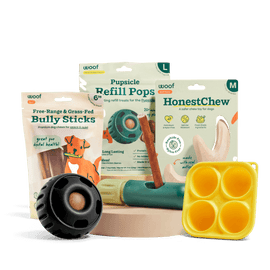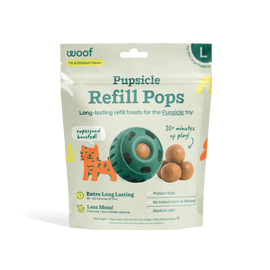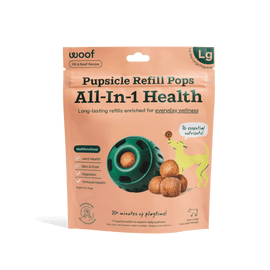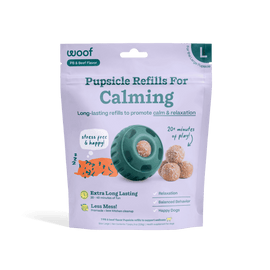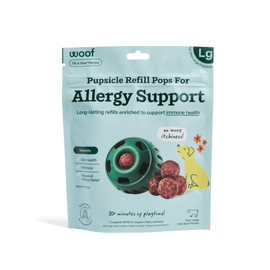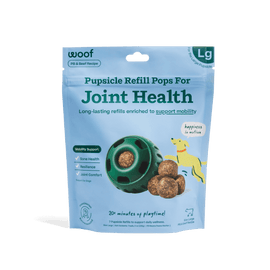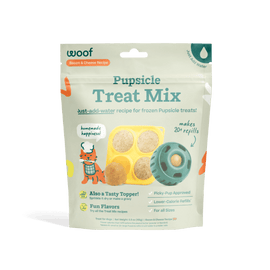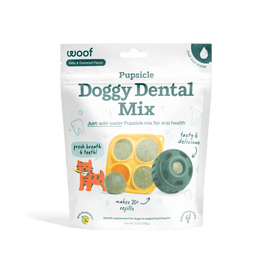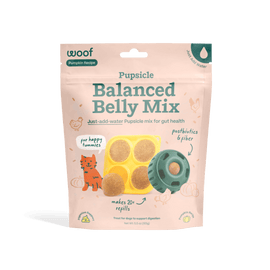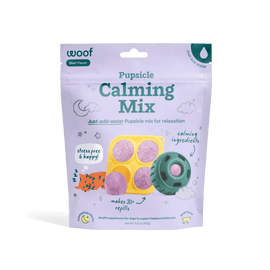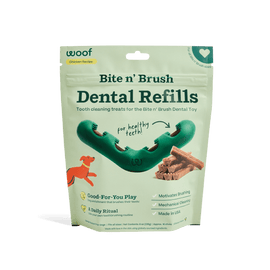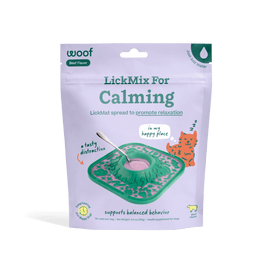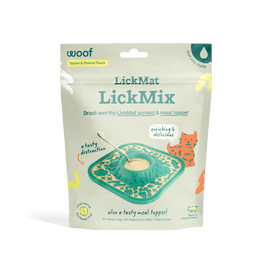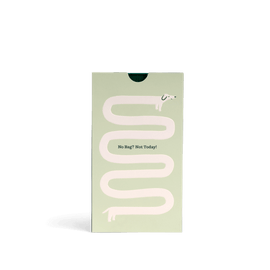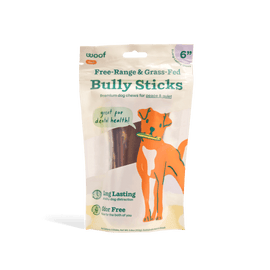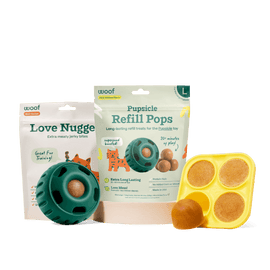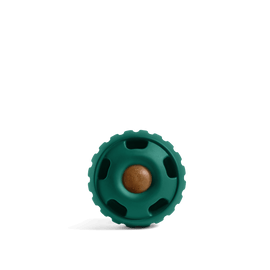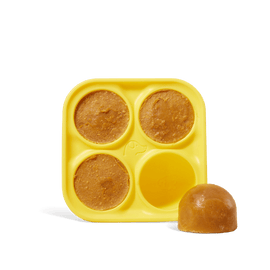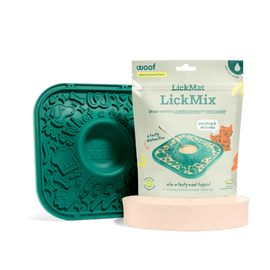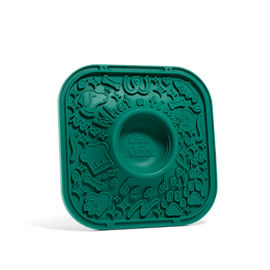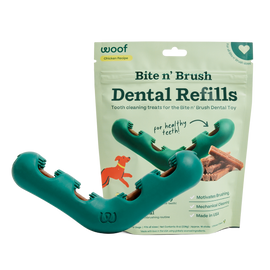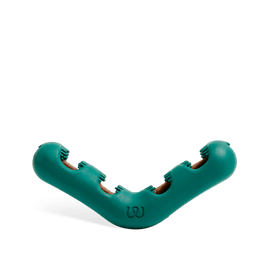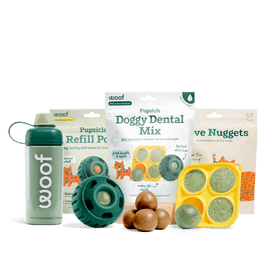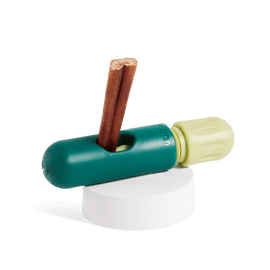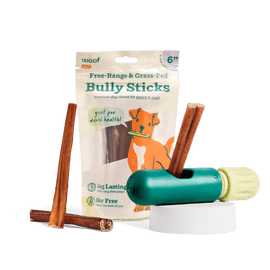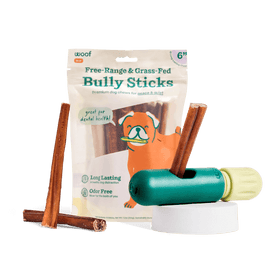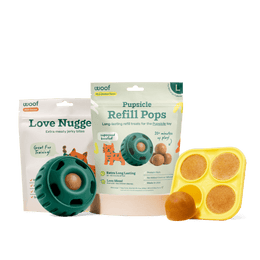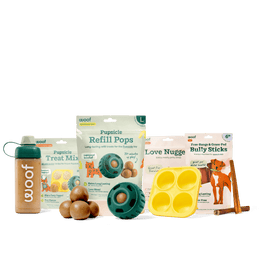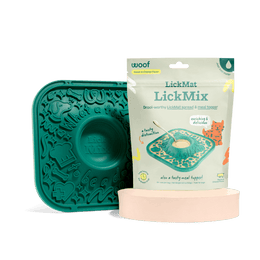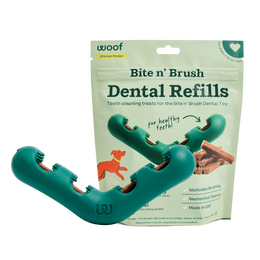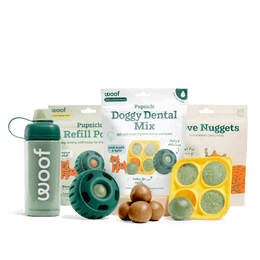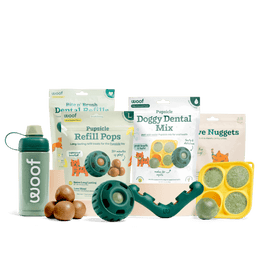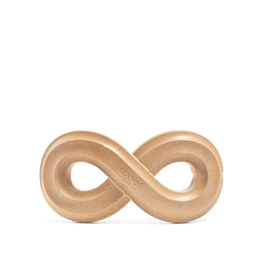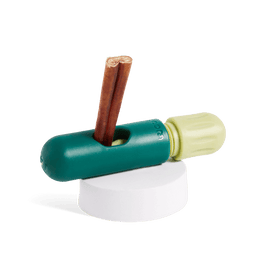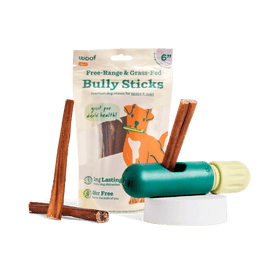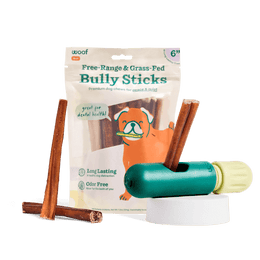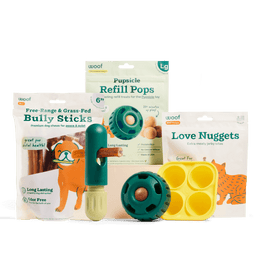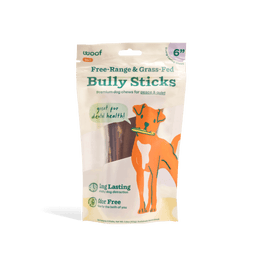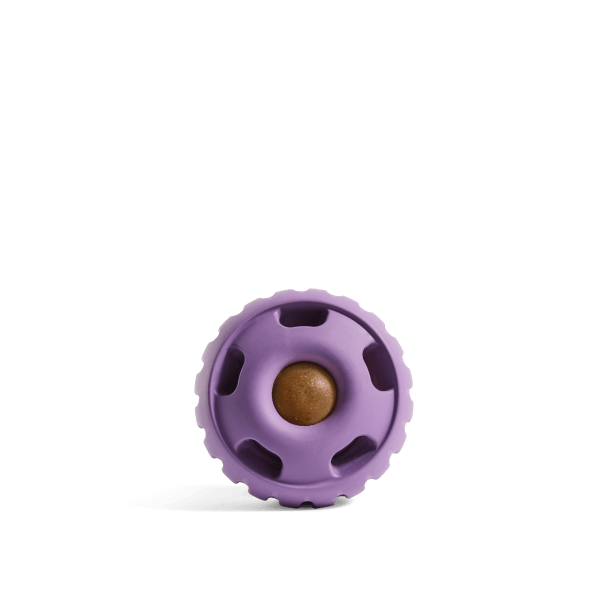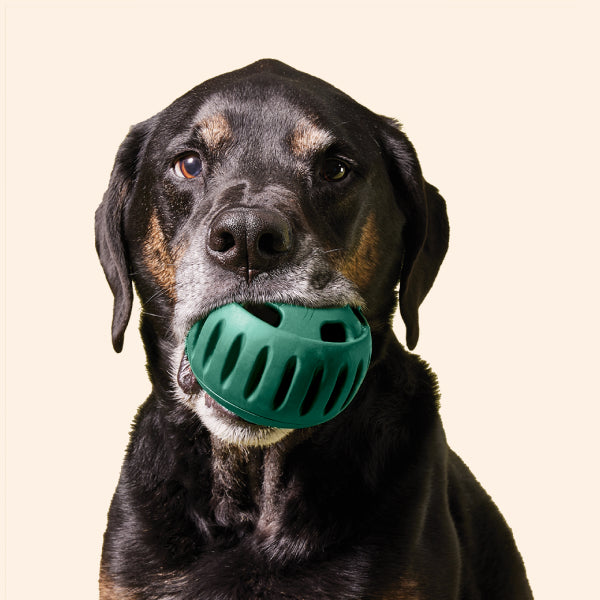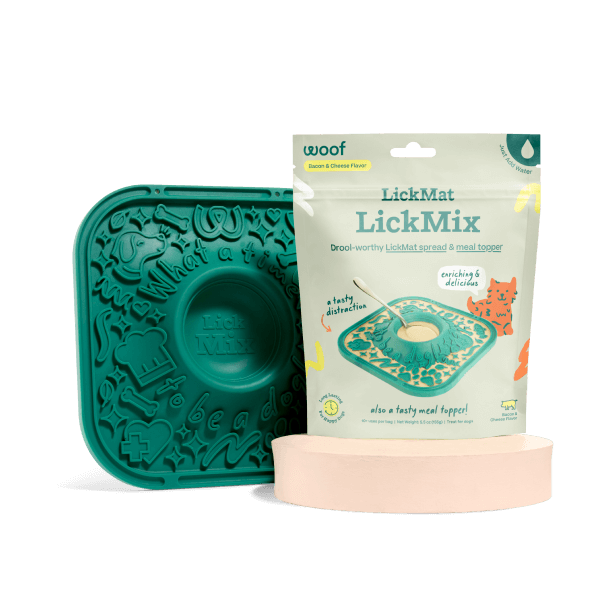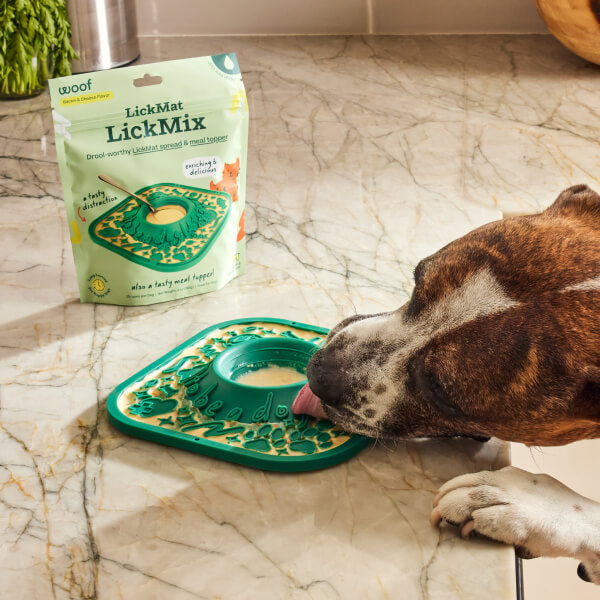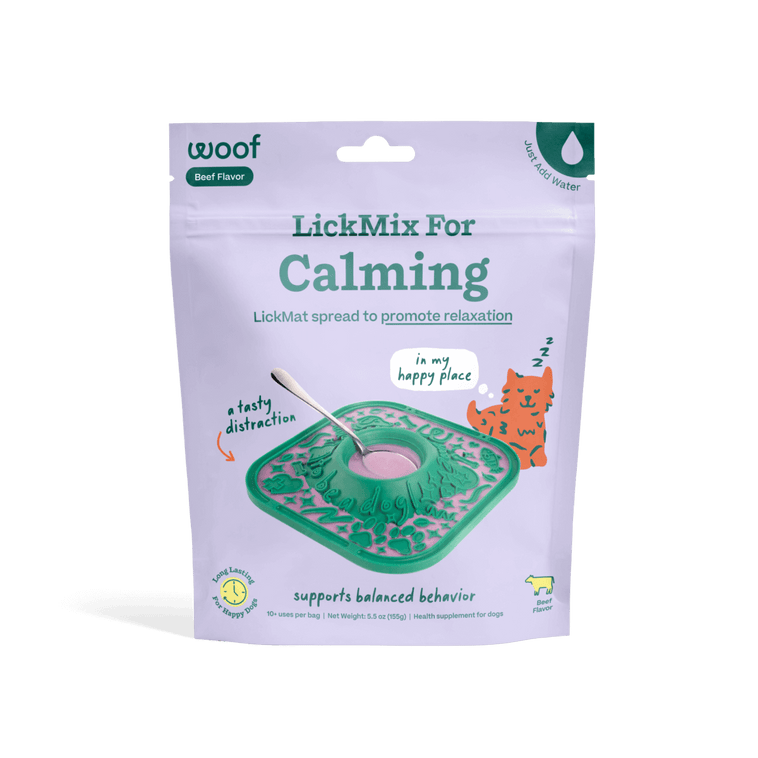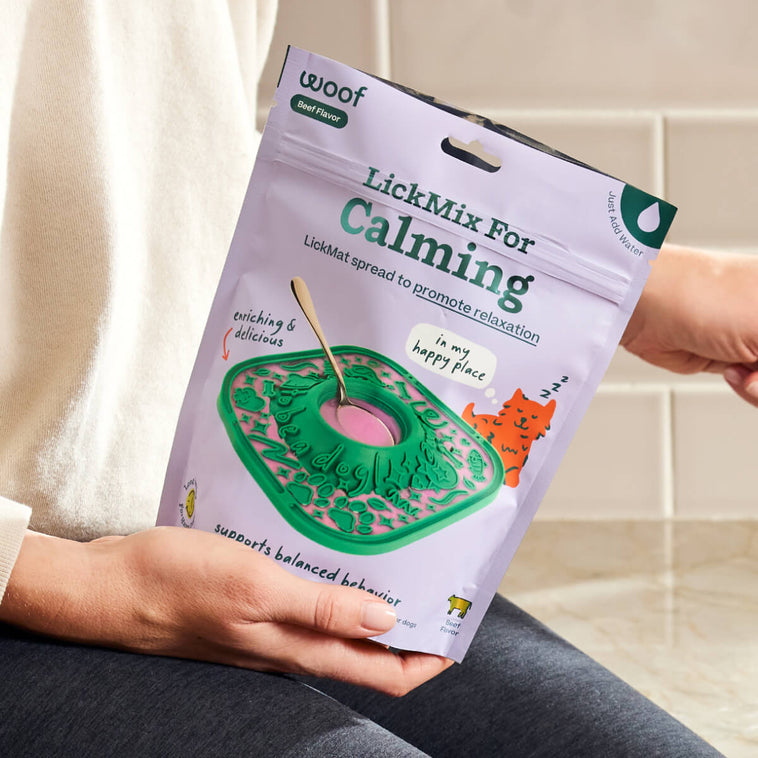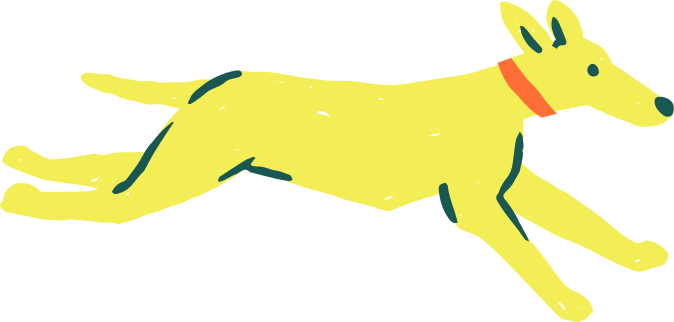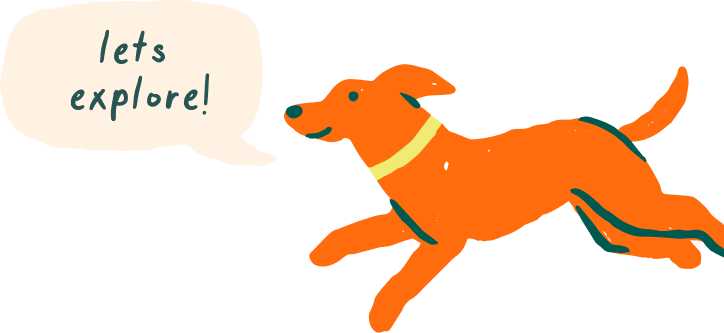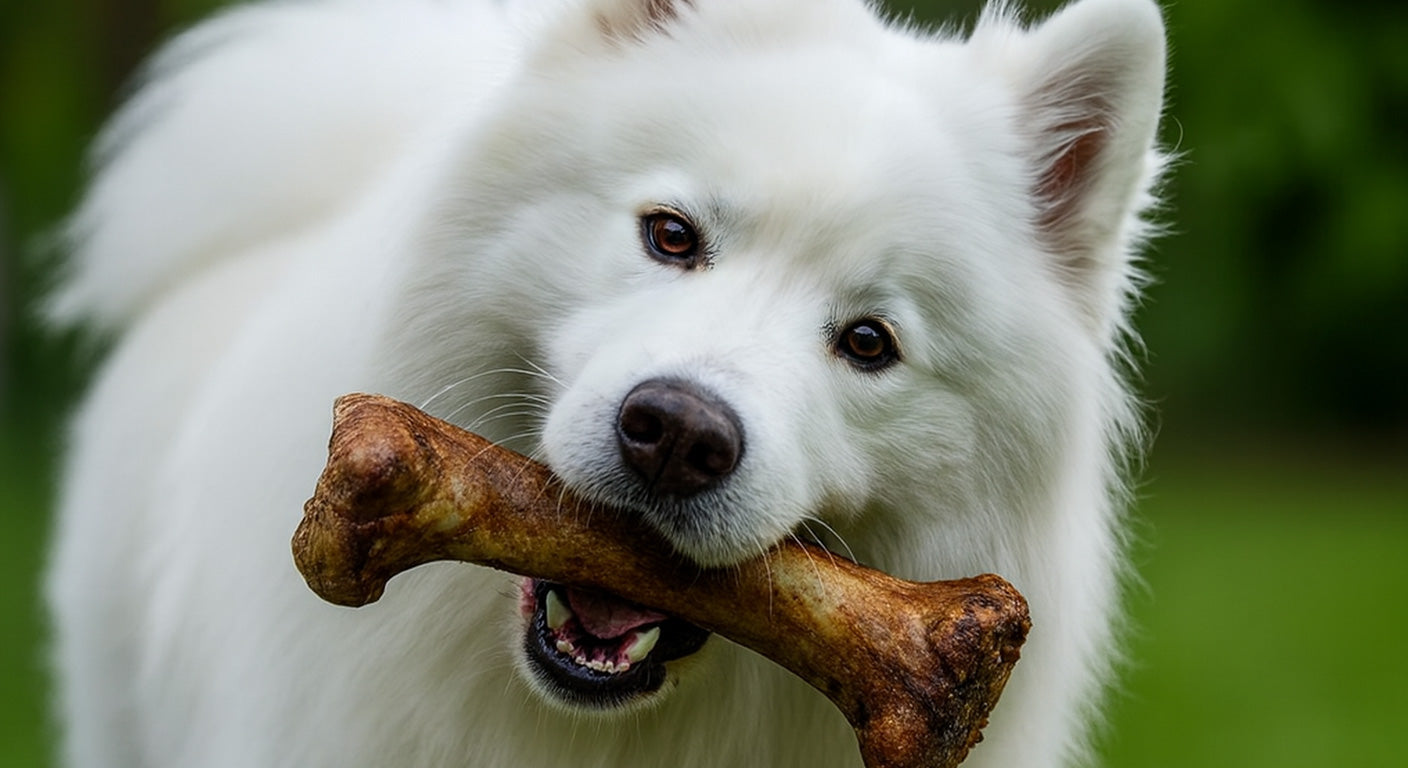
Let’s be real—when your pup gets their teeth sunk into something, it’s both adorable and a little nerve-wracking. We all love watching them chew with gusto, but when that chew is a bone, those wagging tails and crunching sounds come with questions: is it safe, or setting them up for trouble? The truth is, while bones have been a part of a dog’s diet for centuries, modern veterinary research tells a more complicated story.
In this post, we’ll dig into the full picture—what benefits bones can offer, what risks they pose, and how to give your dog all the chewing satisfaction without the danger. We’ll also spotlight safer, more engaging alternatives from Woof that make tails wag and keep owners worry-free.
The Upside: Why Dogs Love Chewing Bones
First off, chewing on something solid can help scrape away plaque and freshen up gums, while giving your pup a satisfying way to relieve boredom or even mild anxiety. Chewing is an instinctive behavior rooted in their wolf ancestry—it strengthens jaw muscles, stimulates the mind, and can help curb destructive chewing on furniture or shoes. For some dogs, the taste and texture of a bone also provide sensory enrichment that toys alone can’t match.
In moderation and under close supervision, certain large, raw, non-weight-bearing bones from healthy animals may offer temporary chewing enjoyment. But the key phrase is under supervision—because even with these, risks remain.
The Downside: When Bones Turn Dangerous
Here’s where things get serious. Bones—whether cooked or raw—can cause a surprising number of injuries and health problems. Some of the most common include:
- Cooked bones become brittle and splinter easily, creating sharp shards that can pierce gums, cheeks, or internal organs.
- Hard raw bones can crack or fracture teeth, especially the upper carnassials, leading to pain, infection, and costly dental surgery.
- Bone fragments can lodge in the throat, causing choking, or travel into the intestines where they may cause dangerous blockages or perforations.
- Fat-rich marrow or greasy processed bones can trigger pancreatitis—a painful, potentially life-threatening inflammation of the pancreas.
- Sharp bone edges can cause oral ulcers or lacerations to the tongue and palate, making eating uncomfortable or even impossible until treated.
In short, the nostalgic image of a dog happily chewing a bone doesn’t always match reality—sometimes it ends in a vet visit, and occasionally, in a true emergency.
Signs of Trouble After Chewing a Bone
If your dog has recently gnawed on a bone, keep an eye out for these warning signs:
- Sudden drooling, pawing at the mouth, or visible discomfort
- Vomiting or retching
- Loss of appetite or reluctance to eat
- Blood in saliva, vomit, or stool
- Straining to defecate or sudden lethargy
Any of these symptoms should prompt an immediate call to your veterinarian.
So, What’s a Worried Dog Lover to Do?
Enter the new MVP: The Pupsicle. Designed to give dogs all the joy of a good chew without the dangers of bones, it’s soft enough to protect teeth but firm enough to keep them engaged. You can fill it with frozen treats, broths, or soft spreads for long-lasting fun. This lickable, flavorful toy promotes calmness, hydrates, and can even help with dental health—minus the risk of splinters, blockages, or broken teeth.
Want to mix it up? Pair The Pupsicle with our LickMat Starter Pack for variety, or add a dollop of Calming LickMix for a soothing wind-down session. Your pup gets enrichment, you get peace of mind.
Fun Fact Corner
- Chewing releases endorphins in dogs, which can naturally reduce stress and promote relaxation.
- Veterinary dentists often see more tooth fractures from hard chews—including bones—than from any other cause.
- Frozen, toy-based chews like The Pupsicle can be just as satisfying for dogs as bones, with far fewer risks.
Final Chew on This
So, is it bad for a dog to chew on a bone? It can be—and often is. While bones offer some natural benefits, the potential for cracked teeth, choking, or dangerous blockages makes them a gamble. Safer alternatives like The Pupsicle give your dog that primal chewing satisfaction while protecting their health and happiness.
If chewing is part of your dog’s daily joy, choose options that keep tails wagging and emergencies off the calendar. Grab a Pupsicle, settle in, and let the safe, happy chomping begin.
